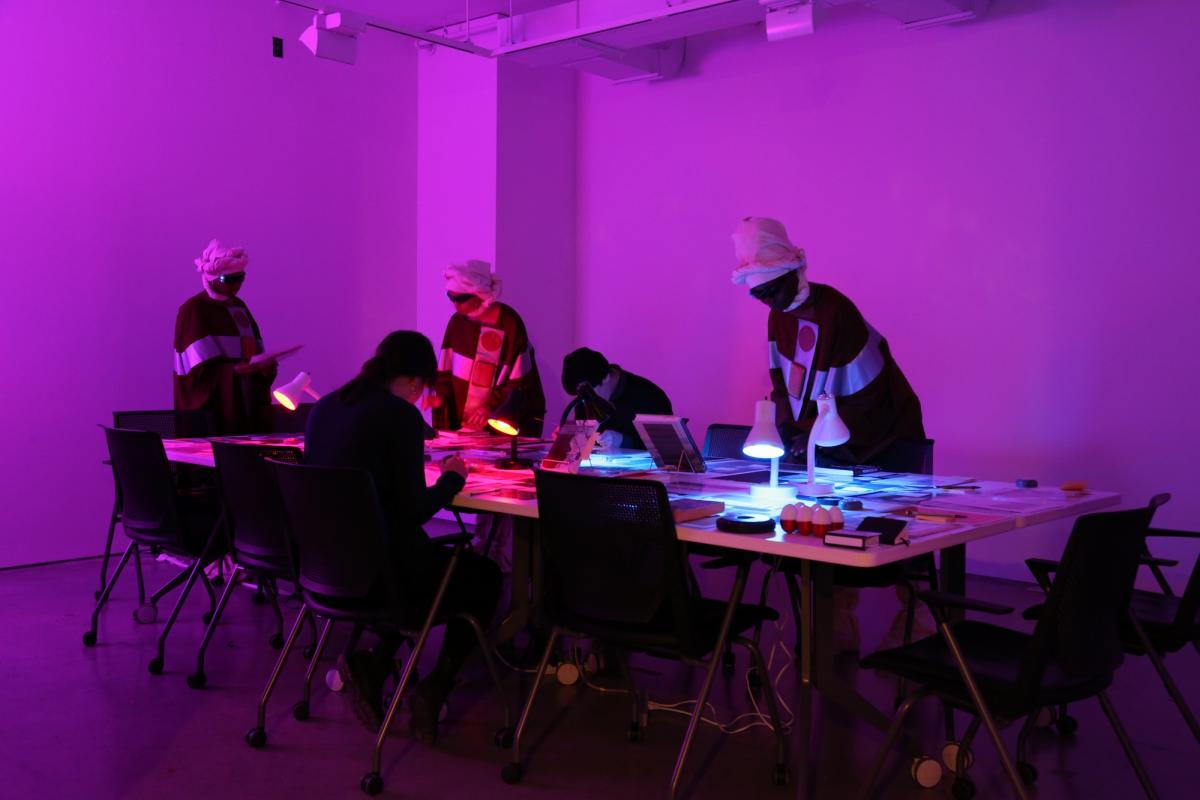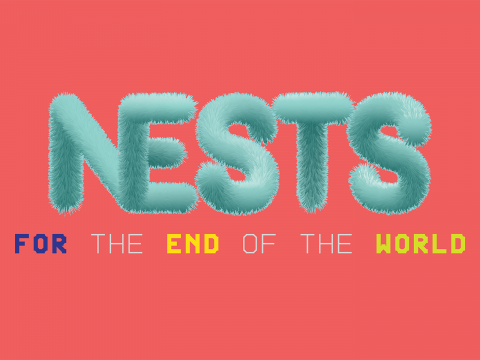Camille Turner’s work, Awakening, is on view now in our current exhibition Nests for the End of The World and examines and exposes how our current reality has been shaped by transatlantic slavery and presents the dilemma of what it would mean to dismantle the past. Camille Turner is unsilencing the construction of slave ships in the colonial world including what is now Canada. Turner has written a statement about her current work including resources to learn more:
“Amidst the pain and rage bursting onto streets around the world, friends (who are not Black) send notes of concern asking me how I am doing. Instead of telling you how I am doing I'll answer by telling you what I am doing. I am in the midst of researching and writing my dissertation about the ways that the land now known as Canada was entangled in transatlantic slavery. I am specifically focusing on slave ships that were constructed along the Atlantic coast.
What I am reading explains what is playing out in real time on the streets. The violent targeting of Black people is not new. It is part of a tradition that dates back hundreds of years beginning on the slave ships, which were floating, disease-ridden prisons. Violence was foundational to controlling captured African people who were carried as cargo, chained together in the holds of these ships in conditions so wretched that two million people died on the journey across the Atlantic. About 12.5 million people made it onto the ships and 10.7 million survived the journey. If they were brought alive to market, each ship load of captives fetched what would in today's currency be about 1.6 to 2 million dollars and those who died were written off in the ledger books as a necessary cost of doing business. The violence did not stop at the auction block. It continued onto plantations and has taken many forms throughout the years. Despite this extreme violence, people found ways to resist. The history of Black resistance and striving towards freedom is as old as the system of white supremacy that brought transatlantic slavery into being and continues to shape the world we live in today.
Whenever I post about my work there is always someone who tries to minimize the involvement of this land that is now known as Canada or who argues that we are gentler and kinder than the barbarians south of the border. The more I read, the more evidence I gather that this is far from the truth. Canada was founded on Indigenous genocide and theft of land. Both Black and Indigenous people were enslaved. True there were fewer people enslaved here than south of the border, but the population was much smaller and similar to the northern states, enslaved people were not on massive plantations like those in the Caribbean and the southern states. Instead, they worked in homes, on ships, in the fur trade, clearing trees, making essential items and building roads. They were owned by clergy, the military and printers. There were advertisements in 18th century Upper and Lower Canada and maritime newspapers selling people and offering rewards to hunt them down when they resisted by escaping.
For me, what I see happening around us today is a crack in the opaque denial of this history and its present day legacies. Sadly, it took a global pandemic and another horrific death for outrage to spread beyond Black communities that have been outraged by this violence for centuries. This moment presents an opportunity for solidarity across races that can bring change. This unsettling upheaval is necessary. It can not be business as usual. It must not go back to normal.
I worry though when I see Premier of Ontario Doug Ford's assertion that Canada did not have deep roots of systemic racism. This is such a dangerous attitude and sadly, it is so Canadian. We need to understand that the roots of the present are in the past and we need to unsilence this past in order to understand how to dismantle and move past it.
If you would like to know more about the history, here are some sources:
https://www.slavevoyages.org/voyage/database
The Hanging of Angelique: The Untold Story of Canadian Slavery and the Burning of Old Montreal
By Afua Cooper
North To Bondage
By Harvey Amani Whitfield
The Rise of African Slavery in the Americas
By David Eltis
Forced Migration: The Impact of the Export Slave Trade on African Societies
By Joseph Inikori
Nests for the End of the World is presented as part of the Poole Centre of Design.










